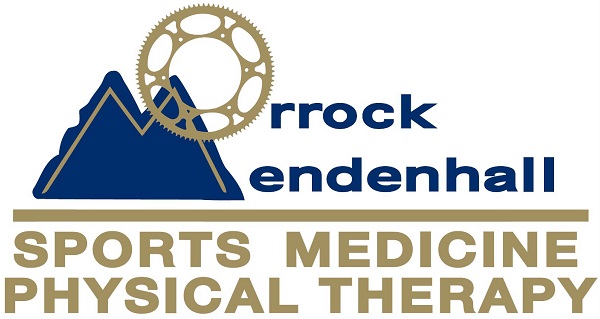WHAT IS SI JOINT DYSFUNCTION?
SI joint dysfunction is a condition that results from the flawed movement of either one or both of the two small, firm joints at the base of the spine, commonly referred to as the SI joints. Even though these joints have a very small range of motion, they play a vital role in ?care mobility, stability, and activity tolerance.
SI joint dysfunction has been linked to approximately 50% of all low-back pain in the US, and is considered by many healthcare professionals to be the most common single cause of low-back pain. Although the causes can vary, the best form of treatment in most cases is physical therapy. Properly identifying the type and severity of the problem helps your physical therapist determine which exercises and stretches are best for you.
CAUSES:
Some of the most common causes include: prolonged sitting, repetitive lifting and twisting, leg length discrepancy, pregnancy, and even some types of arthritis. Some causes can seem subtle while others may be more significant/traumatic.
SIGNS & SYMPTOMS
If you are wondering if you have SI joint dysfunction, here are some of the more common symptoms: tightness in the muscles surrounding the hips (glutes, hip flexors, deep hip rotators, abductors) and low back; limited movement tolerance in forward bending; pain with sitting (usually one side more than the other); pain with walking and increased impact activity; and even radiating pain into the hip and leg.
TREATMENT
Designing an appropriate regimen of stretches and exercises should ideally target the areas where the symptoms are more pronounced. A few of the more common exercises that address the flexibility and strength of the areas around the SI joint include planks, straight leg raises, hip rotation stretches, leg press and squatting type exercises, and light to non-impact conditioning/strengthening exercises.
One of the things that can most effectively correct and even treat SI joint dysfunction is hamstring/glute flexibility and strength. These particular muscles play a vital role in SI joint function due to their attachment location and function relative to the SI joint in our daily activities. They are vital in creating an environment around the SI joint that makes it more capable of increased activity loads and prolonged activity duration. They are also vital in helping to prevent SI joint problems from occurring in the first place.
Many studies show that 95% of patients diagnosed with SI joint dysfunction who receive physical therapy for their condition have improved function after a regimen of physical therapy and exercise development. Most cases are completely treatable without surgery or extensive medications/interventions. People with SI joint pain can, and do recover completely from this condition in most cases and are able to learn how to properly manage it, should it recur.
If you have been dealing with a condition like this, or you aren’t sure if that is what you have been experiencing, contact your local physical therapist and schedule an appointment to properly evaluate and treat your pain today. You’ll be glad you did!!

